This is a story about beautiful cars, nine of them, and a sleek trailer. It's also about how cars have transformed society over the past century or so, and it's about how the museum that first recognized cars as art is dealing with changing views.
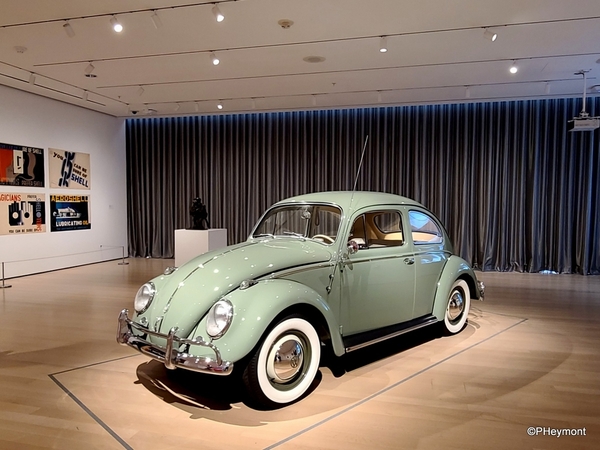
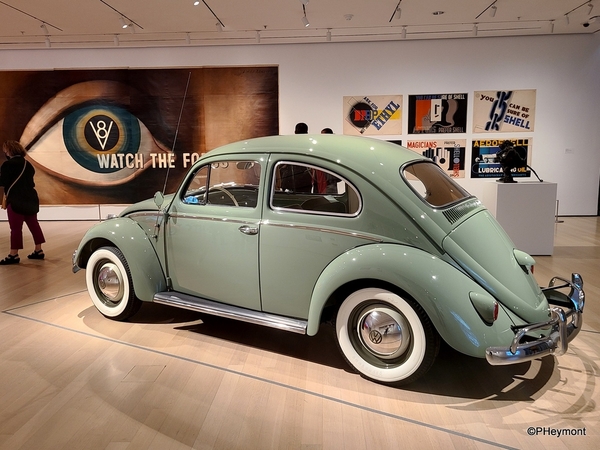
The Beetle, a 1959 copy but clearly the same car designed by Ferdinand Porsche in 1938. Nicely polished, and whitewalls, too!
That's a pretty long preface. It's a pretty tricky subject. Lots of people, like me, are still in love with cars and always have been, but we're forced these days to look at their effect on our physical environment as well as society.
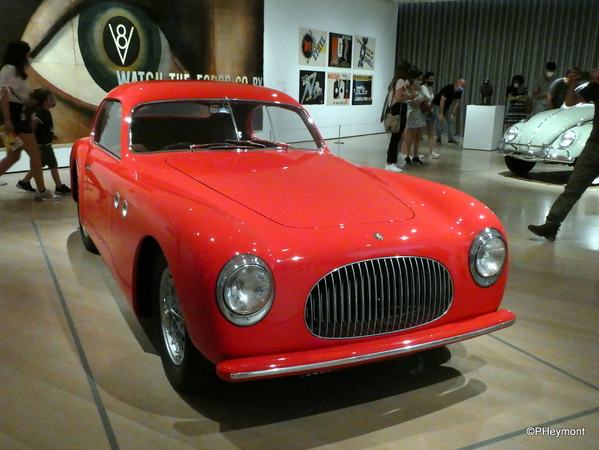 Star of the show, based on number of people swirling around it, the 1948 Cisitalia 202 is not only sleek; it was one of the first cars with a unibody.
Star of the show, based on number of people swirling around it, the 1948 Cisitalia 202 is not only sleek; it was one of the first cars with a unibody.
What once seemed to liberate us from slow, to break restrictions of place and time, also has to be thought of in terms of how much of that the world can afford, and whether we need to change our cars, or our relationship to cars.
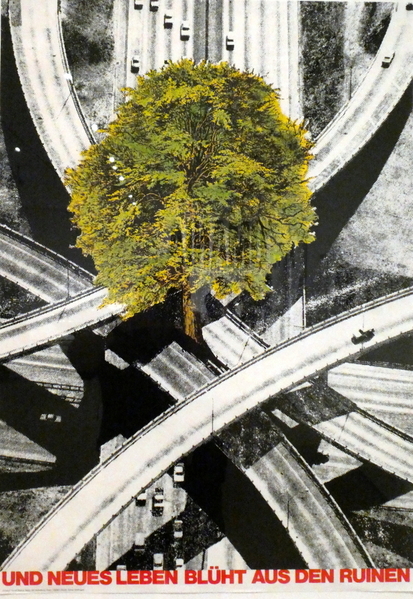
A warning about effects of cars on our cities, and a
hope that "new life grows out of the ruins"
And that brings me to my story about two exhibits staged by the Museum of Modern Art in New York, the first in 1951 and the second, called Automania, recently opened and running until January, 2022.
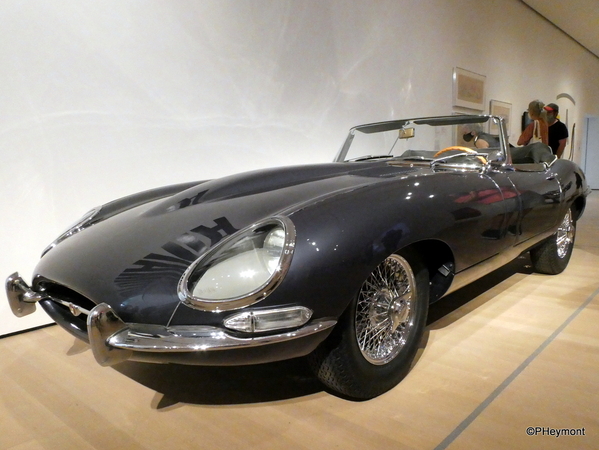
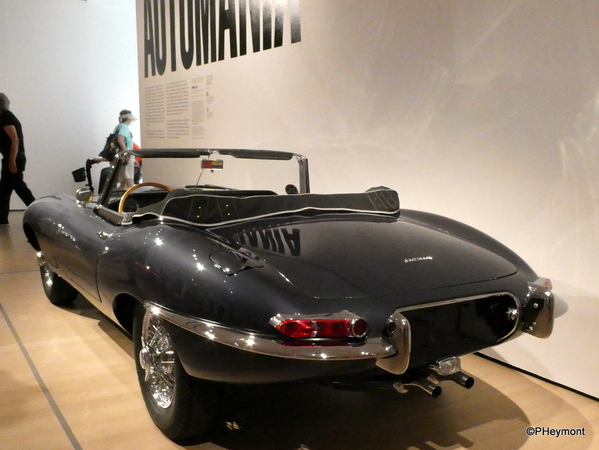 Another familiar shape, the Jaguar E-Type, this one a 1963 model
Another familiar shape, the Jaguar E-Type, this one a 1963 model
The 1951 exhibit, 8 Automobiles, was the first ever exhibit of cars chosen purely for design in a museum that is about art, not engineering. This year's exhibit, Automania, features cars as objects again, but is more nuanced in its appraisal of their role.
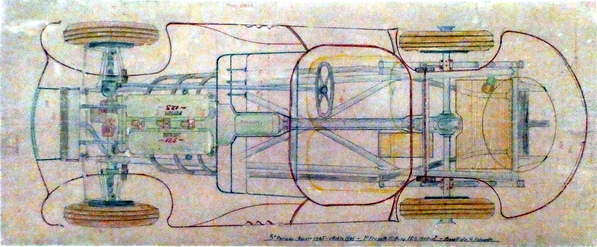
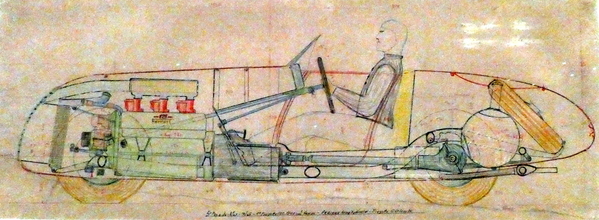
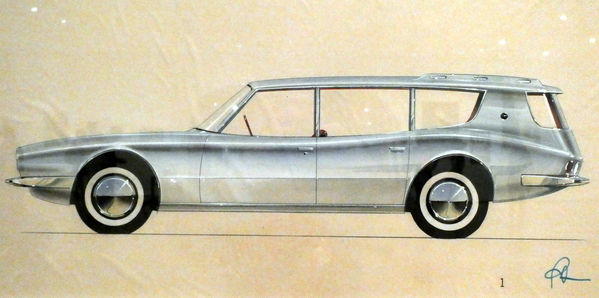
Design studies for future models, and a presentation drawing by Raymond Loewy for what would have been an updated Studebaker Wagonaire
In 1951, MoMA described the show as "an exhibition concerned with the esthetics of motorcar design;" in the catalog, the curator Arthur Drexler gave us the now-famous comment that cars are "hollow, rolling sculpture."
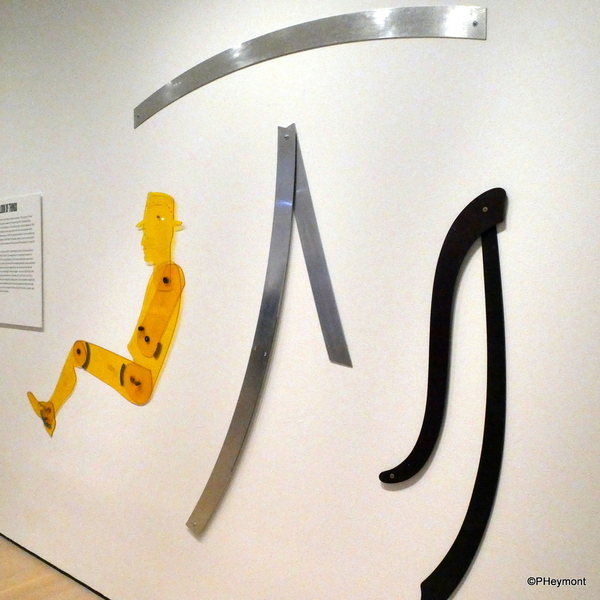 GM design tools: curve modeling guides, and Oscar, an "average driver"
GM design tools: curve modeling guides, and Oscar, an "average driver"
For Automania, on the other hand, the museum reminds us that it is concerned with "automobiles as both modern industrial products and style icons, it also explores their adverse impact on roads and streets, public health, and the planet’s ecosystems."
Incidentally, only two of the eight cars of 1951 is among the nine of 2021—the red Cisitalia by Pininfarina. One other was in production in essentially the same form then—the VW Beetle, but the one in Automania is a few years newer. Incidentally, the 1951 catalog is available online at MoMA. The Jeep is the only U.S.-made vehicle in the current show.
Along with the vehicles, Automania serves up a variety of art and advertising work, including safety posters and this sketch of what appears to be very early road rage, published by Toulouse-Lautrec. Other art includes a Picasso sculpture, Baboon with Young; at second glance it becomes clear that he incorporated cars into the sculpture, and Walter Sheeler's painting of the Ford River Rouge plant, considerably cleaner than its reality.
Even these Margaret Bourke-White images of the massive machinery of the plants, in this case a Chrysler factory, hardly seem like the heart of a true smokestack industry. Clearly, the desired effect was power and progress, not a concern about the planet!
The sculpture, made of salvaged bumpers and grille parts is by Jason Seley, who titled it "Masculine Presence." Perplexingly, the quote is attributed to Françoise Sagan, who is identified as a "French singer." Actually, she was a novelist and playwright. I noticed two other labeling errors in the exhibit and reported them; no answer yet. An Andreas Feininger photograph of New York's West Side Highway is dated 1945, but has 1948-49 cars in it, and the label for the Jeep identifies it as having been designed in 1952, made in 1953, and exhibited in 1951. Hmmmm....
The small-model Airstream Bambi travel trailer has looks that never fade, and an admiring audience of visitors who were disappointed to find that while they are still in production after 90 years, they are essentially hand-built and sell for north of $50,000.
We interrupt this show for a couple of safety reminders. The one on the left translates as "Passing? Not if there's any doubt!"
While the gallery show on the third floor of the museum continues until late January, the cars on display in the sculpture garden will leave in October, so if you have the chance to visit, keep that in mind. The Jeep and two 'low-end' cars that have had a good life are there, as well as two of the superstars.
The SmartCar, above, isn't as widely sold in the U.S. as it is in Europe and the UK; it's thrifty on fuel and people have been known to park it at right angles to the curb between longer cars. Below, one of the real longevity champions, along with the Beetle and the Citroen 2CV—the Fiat 500, which was almost unchanged in nearly 20 years of production.
At the other end of the luxury and price scale, one of the most distinctive body styles ever: The Citroen DS, pride of France's auto industry for years and the choice for French limousine owners for years, including Gen. de Gaulle. But it has a dirty little secret: The body design was largely the work of Italian designer Flaminio Bertoni. When it showed for the first time in 1955, it generated pre-orders in numbers not beaten until the Tesla 3 in 2016.
And a car for racers, or would-be racers...the Porsche 911 from 1965, designed by Butzi Porsche, grandson of Ferdinand, the most successful racing car ever to be mass-produced. But for those who really, really want to race, look to the bottom for a 1990 Ferrari Formula I. That's the car you don't take on the road!
A note: MoMA is not a cheap museum at $25 and up, but it is a museum that will absolutely exhaust you if you try to take in all its treasures at once. One strategy, if you live in the New York area, is to buy a $65 annual pass membership that provides free admission as often as you like, and access to $5 guest passes. Even without a guest, three visits in a year will save money.

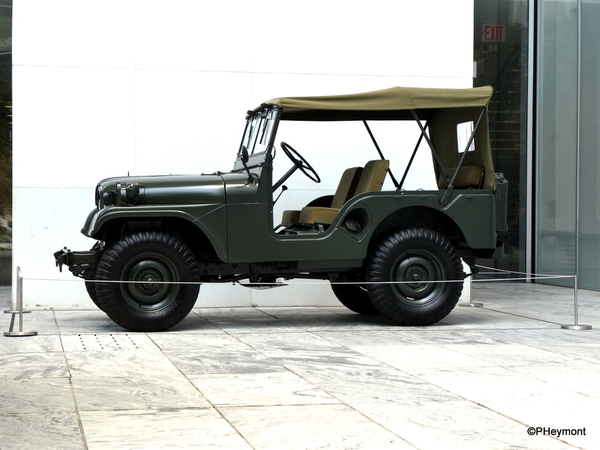
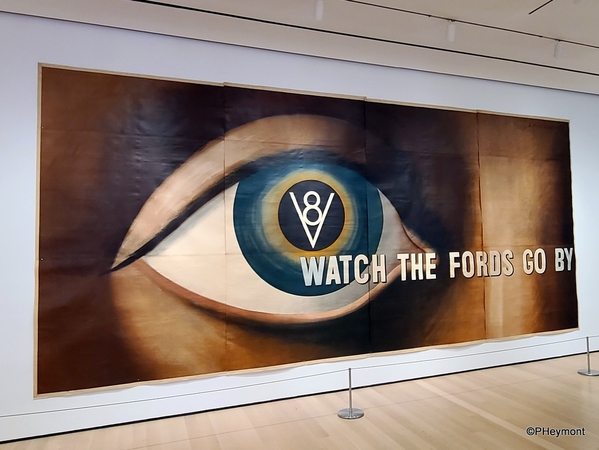
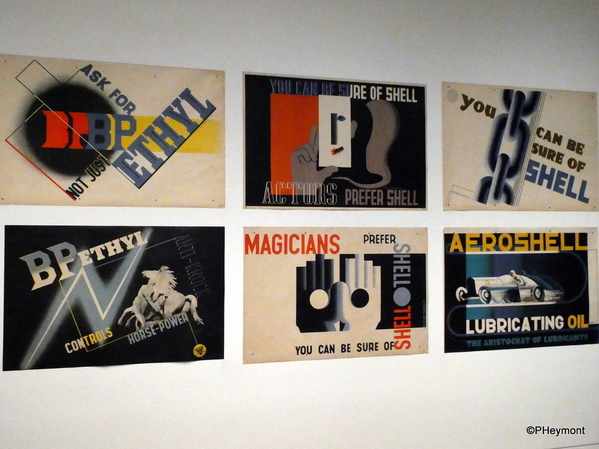
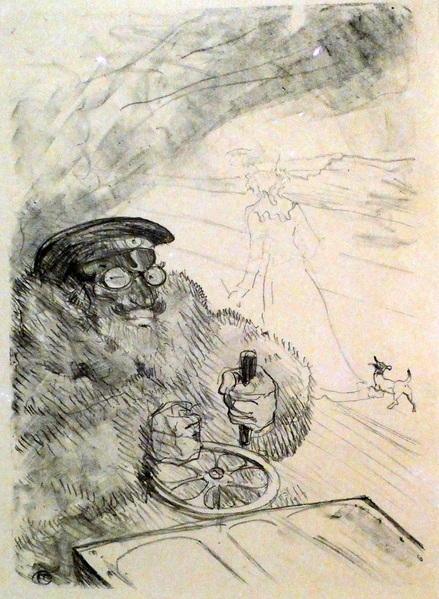

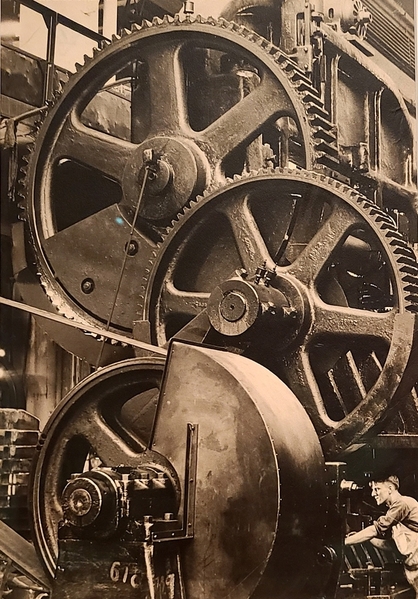
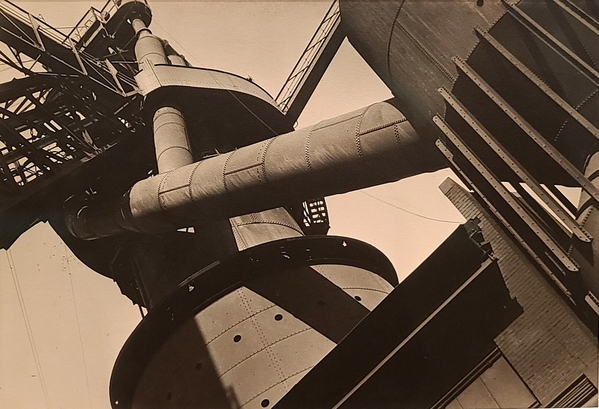
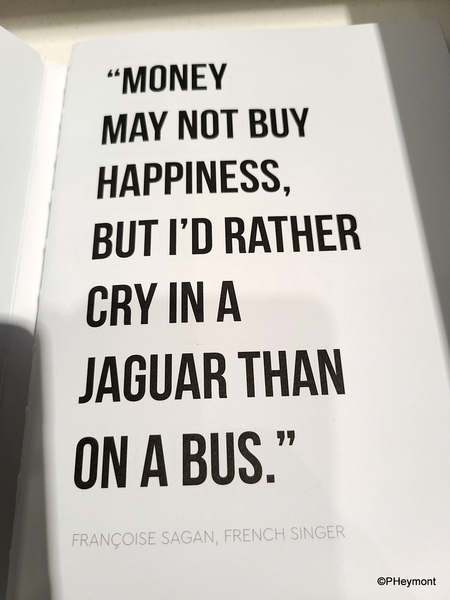
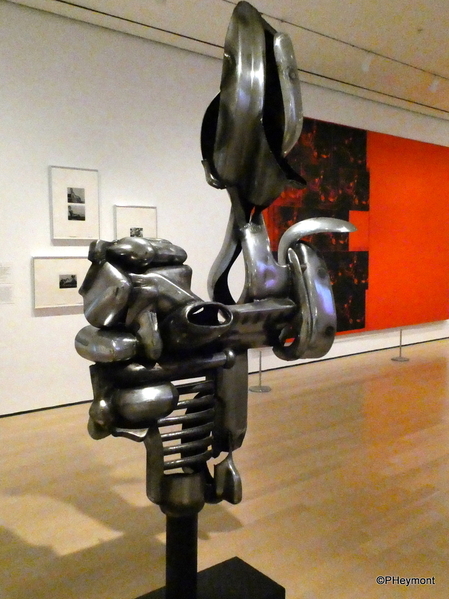
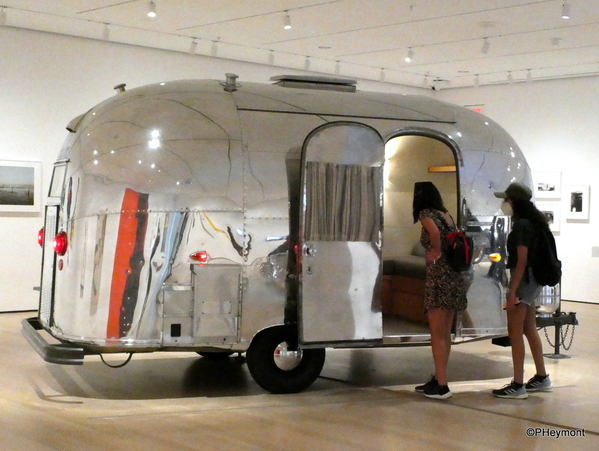
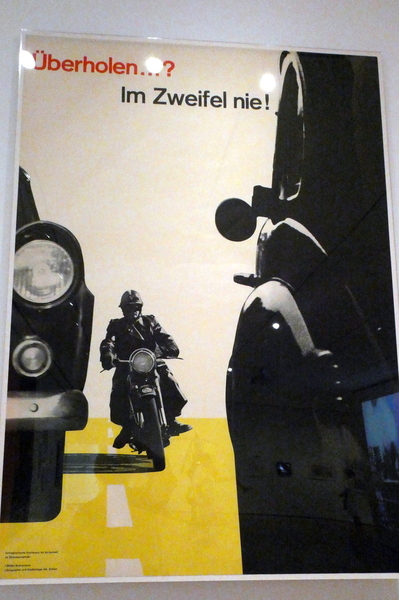
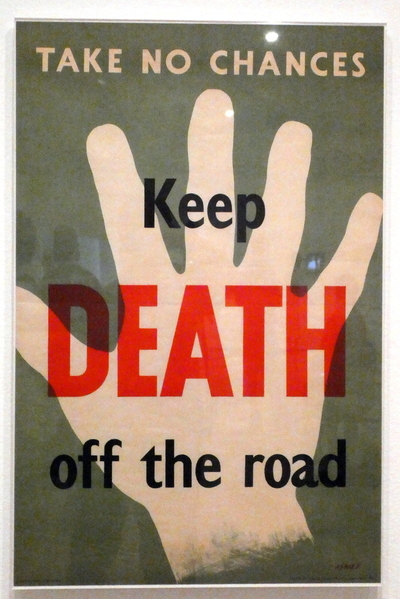
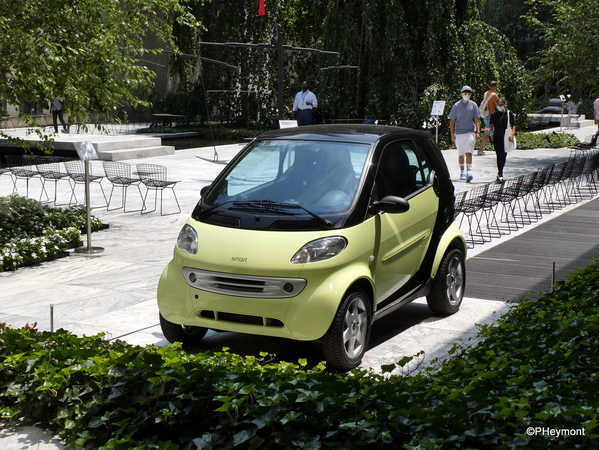
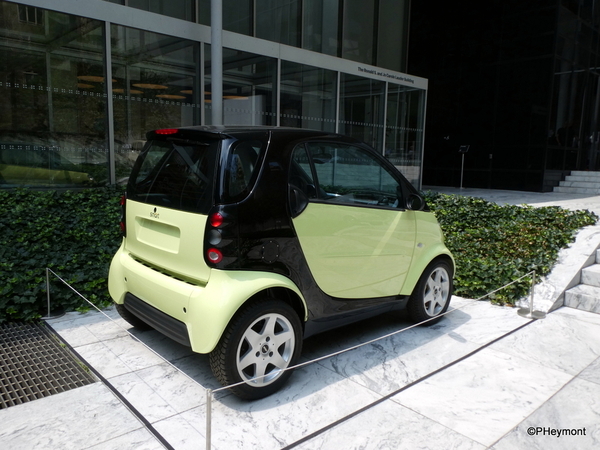
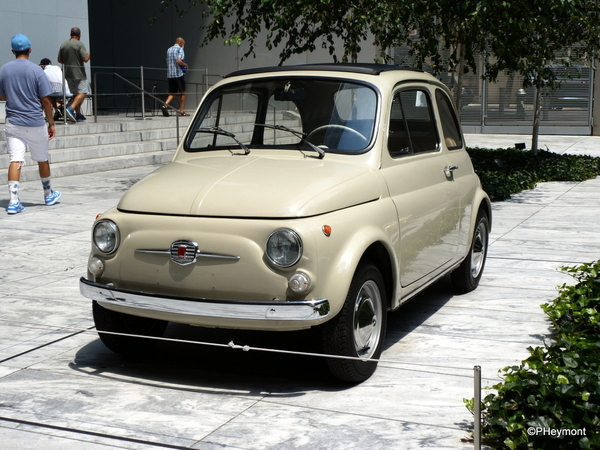

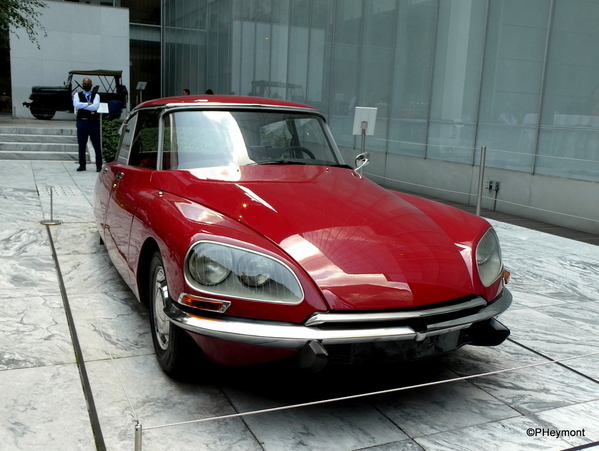
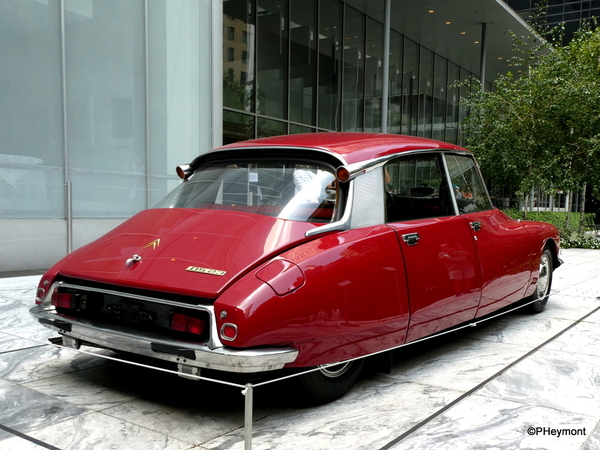
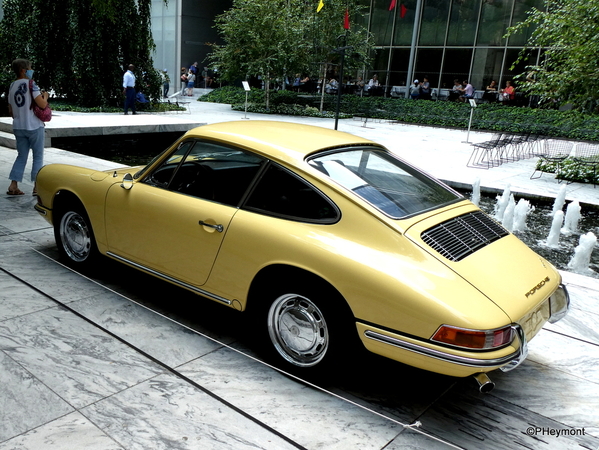
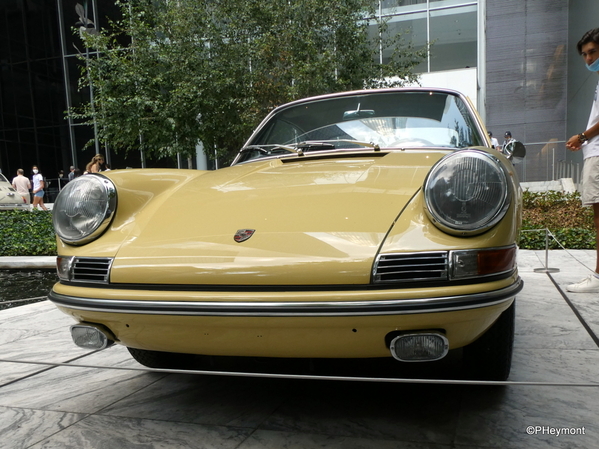

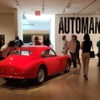
























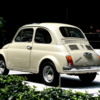






Comments (0)